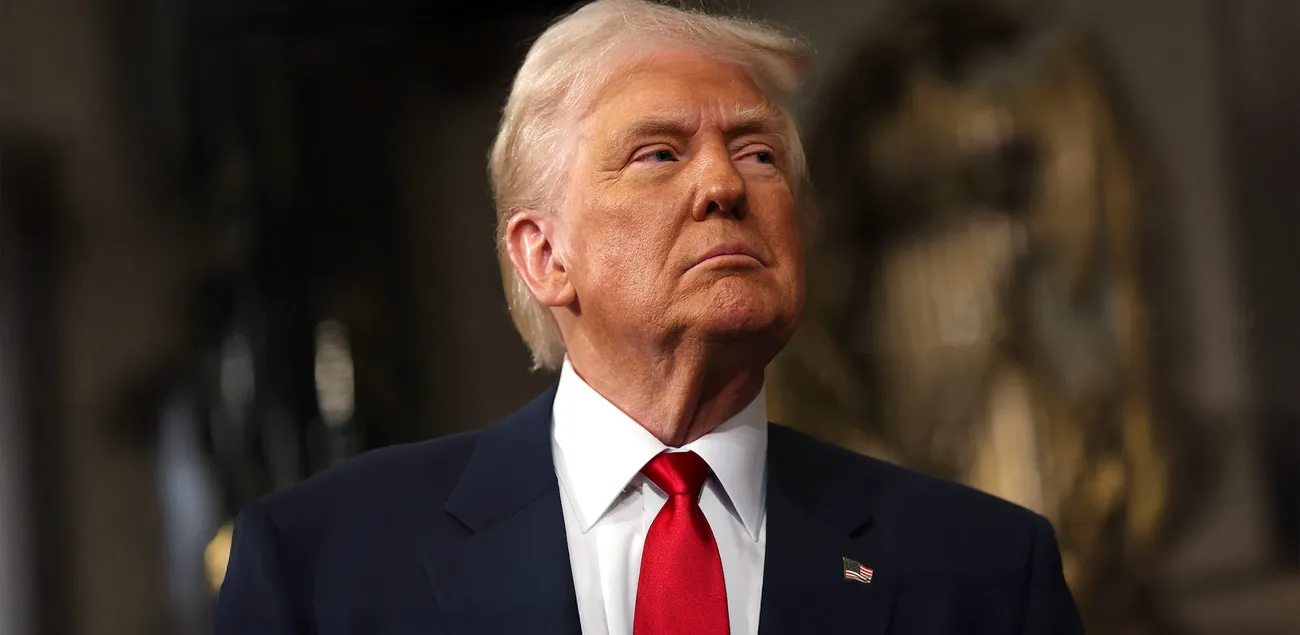
The United States, government, and Switzerland, global refining hub, have stepped back from a tariff flashpoint after President Donald Trump posted that “Gold will not be Tariffed!”, easing market turmoil triggered by a July 31 Customs and Border Protection (CBP) letter that placed one-kilogram and 100-ounce bars under a duty-liable customs code. Prices steadied after the comment, though spot bullion was still down more than 1% intraday as traders awaited formal guidance.
What changed and what still hasn’t
CBP’s ruling to classify kilo and 100-oz bars under HTSUS 7108.13.5500 suggested those formats—core to New York COMEX delivery—were caught by Trump’s new “reciprocal” tariffs, including a 39% rate on Switzerland. The White House has since said it will issue an executive order to clarify “misinformation,” but as of Monday afternoon no updated agency directive had appeared, leaving shippers and clearing members seeking written confirmation that gold remains exempt.
Market impact and bullion plumbing
The CBP letter froze some Swiss shipments and briefly blew out the basis between New York futures and global spot as participants scrambled for warrantable bars. COMEX gold futures surged to records on Friday before retracing after Trump’s post; on Monday, futures eased about 2.4% to around $3,407/oz and spot hovered near $3,357/oz. If tariffs had stuck, the flow that recasts London 400-oz bars into US-deliverable kilo or 100-oz units—often in Switzerland—would have faced abrupt costs and legal risk.
Why Switzerland matters
Switzerland refines a large share of the world’s bullion and is the dominant source of COMEX-grade kilo bars. Over the 12 months to June, Swiss exports of gold to the US totaled about $61.5 billion; FT analysis suggested roughly $24 billion of that could have faced duties if kilo/100-oz bars were tariffable alongside the broader 39% Swiss rate. Several refineries paused or reduced shipments while lawyers parsed the CBP ruling.
Contract specs and delivery risk
COMEX delivery rules allow either one 100-troy-ounce bar or three 1-kg bars to settle a standard futures contract. By targeting exactly those units, the CBP code change hit the market’s weakest link: physical conversion and delivery. Even with Trump’s statement, participants want alignment across CBP, USTR and CME clearing to avoid repeated stop-start flows.
Company Background and Market Context
CBP administers tariff classifications and issued the July 31 ruling (N351466) responding to a Swiss inquiry; the letter appeared on the agency’s rulings site. The administration’s wider tariff program—via Executive Orders since April—set country-based rates, including 39% for Switzerland effective August 7, before the gold clarification. For the bullion trade, a clean exemption matters because Switzerland’s refiner cluster (Valcambi, PAMP, Argor-Heraeus, Metalor) dominates the conversion of 400-oz bars to US delivery formats.
Gold is a monetary asset held by central banks and investors and a key input to jewelry and electronics. Prices hit records this year on central-bank buying and macro hedging; the tariff scare added a logistics premium by threatening key delivery formats. With the President’s “no tariffs” statement, attention shifts to the formal text that locks policy and restores predictable flows.



